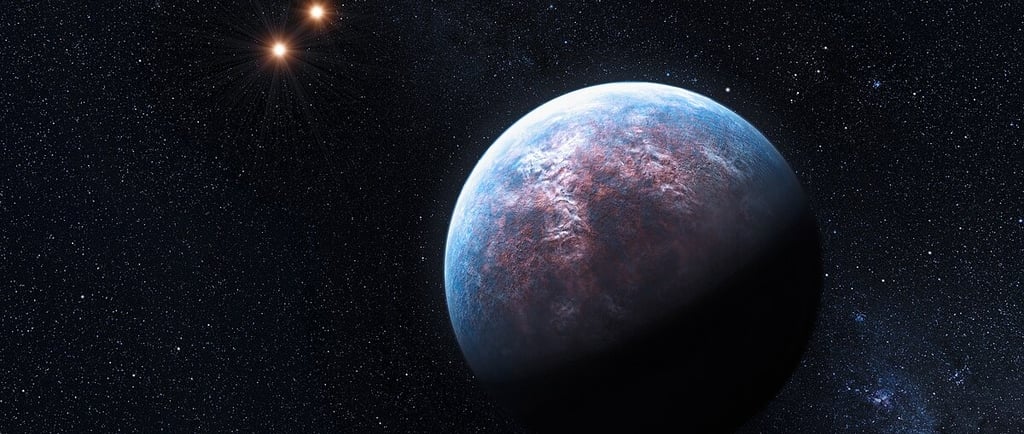Gliese 667 Cb: The Most Massive in the System


Introduction to Gliese 667 Cb
Discovered to be a part of the fascinating Gliese 667 triple-star system, Gliese 667 Cb has captured the attention of astronomers and researchers worldwide. This exoplanet, which orbits the star Gliese 667 C, is particularly notable for its characteristics that position it as the most massive planet in its system. Understanding Gliese 667 Cb not only sheds light on the formation of planetary systems but also raises questions about the potential for habitability beyond our solar system.
Physical Characteristics of Gliese 667 Cb
Gliese 667 Cb is classified as a super-Earth or possibly a mini-Neptune, based on its estimated mass and orbital parameters. It is believed to have a minimum mass that is not more than twice its current observed value, providing insights into the composition and structure of the planet. This mass classification places Gliese 667 Cb in an intriguing position, as its size suggests a rocky composition typical of super-Earths or a gaseous envelope similar to that of a mini-Neptune.
Orbital Stability and Its Implications
One of the key factors concerning Gliese 667 Cb is its orbital stability. Detailed analyses indicate that the exoplanet resides in a stable orbit around its host star, which is crucial for determining the viability of the planet for supporting life. The stability of Gliese 667 Cb's orbit suggests that conditions may be favorable for the presence of liquid water, a fundamental ingredient for life as we know it. Thus, continued research into Gliese 667 Cb may reveal significant implications for the search for extraterrestrial life.
Conclusion
In conclusion, Gliese 667 Cb is not just another exoplanet; it represents a pivotal point in our understanding of planetary dynamics and potential habitability in the universe. As the most massive planet in the Gliese 667 system, it invites further investigation that could unlock secrets about the conditions that govern planet formation and the potential for life beyond Earth. The future of exoplanet research looks promising, with Gliese 667 Cb taking center stage in the quest to understand our cosmic neighborhood better.
